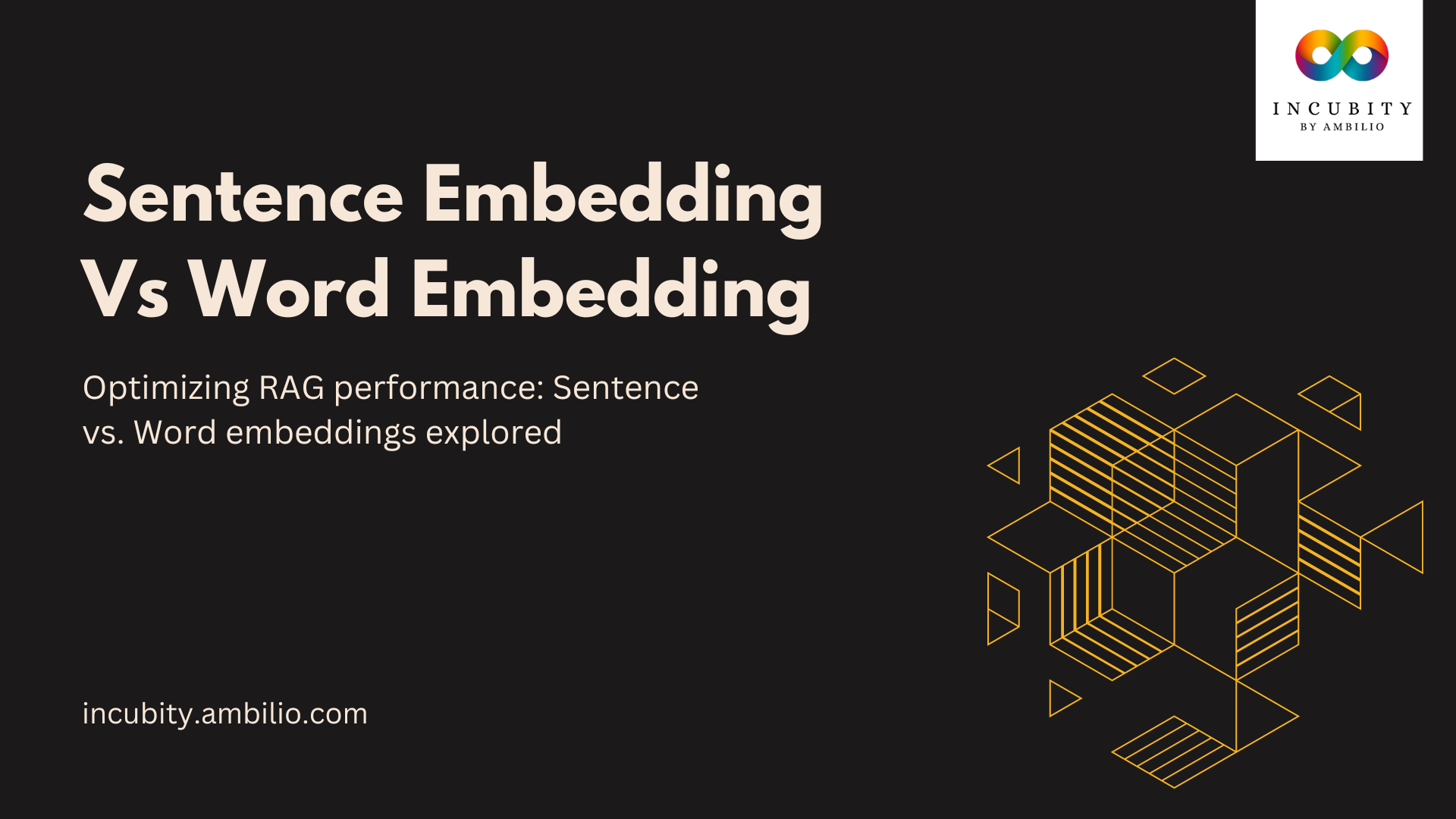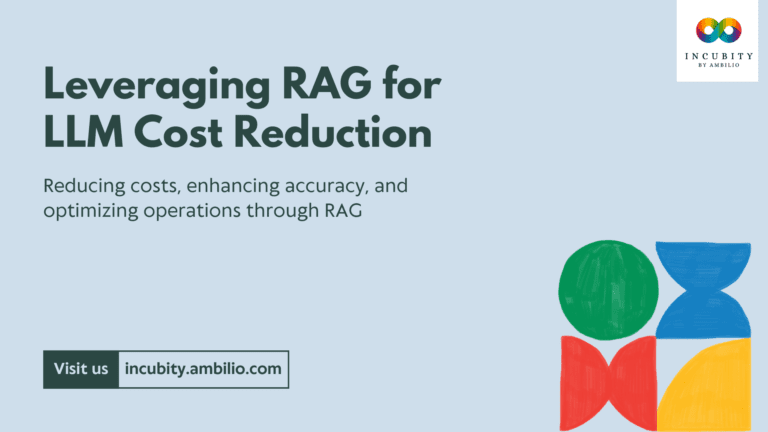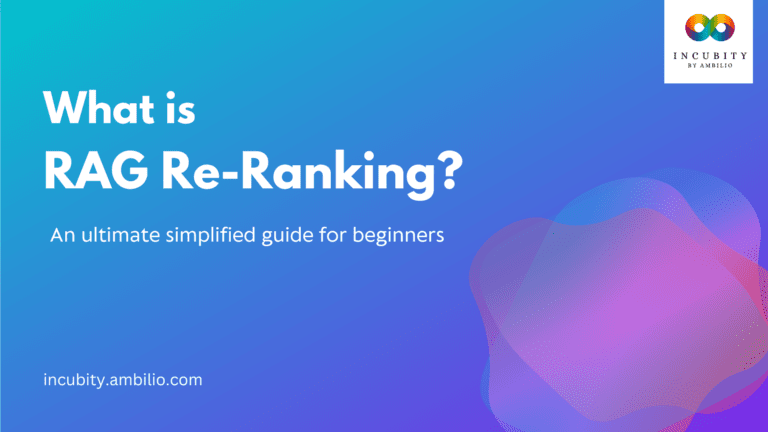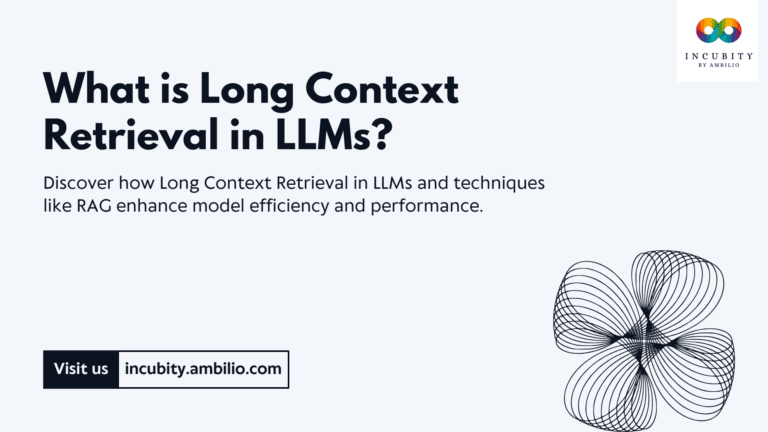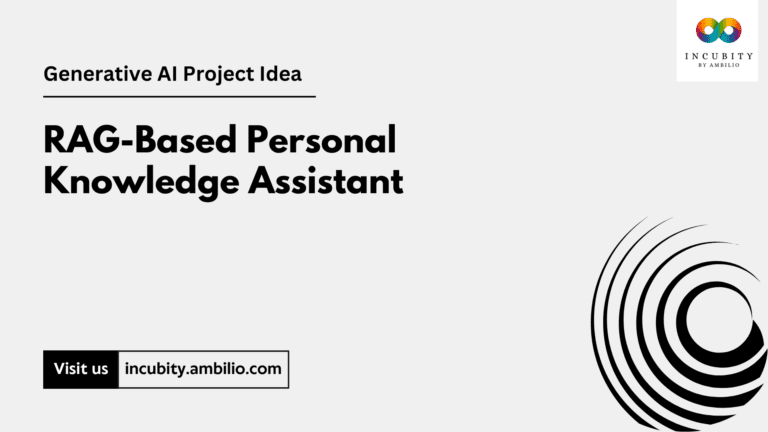In the realm of Natural Language Processing (NLP), embeddings are a foundational technology that enables machines to understand and manipulate human language. Embeddings transform words, sentences, or documents into dense vectors in a high-dimensional space, capturing semantic relationships and meanings. In Retrieval-Augmented Generation (RAG) models, which combine information retrieval with text generation, embeddings play a critical role. This article explores the differences between sentence embedding vs word embedding in RAG models, highlighting their unique characteristics and applications.
Word Embedding
Word embeddings are dense vectors that represent individual words. These vectors encode semantic and syntactic information, allowing words with similar meanings to have similar vector representations. Techniques such as Word2Vec, GloVe, and FastText are commonly used to generate word embeddings. These methods leverage the co-occurrence of words within large corpora to create meaningful representations.
Key Characteristics of Word Embeddings:
- Semantic Relationships: Word embeddings capture the semantic relationships between words. For instance, the vectors for “king” and “queen” will be close to each other in the embedding space, reflecting their related meanings.
- Context-Independent: Traditional word embeddings, like those from Word2Vec or GloVe, are context-independent. The word “bank” will have the same vector representation whether it appears in the context of a river or finance.
- Efficiency: Word embeddings are efficient to compute and use. They provide a straightforward way to incorporate word-level semantics into various NLP tasks.
Applications in RAG Models:
- Capturing Semantic Relationships: In RAG models, word embeddings help capture the semantic relationships between words within a query and documents. This aids in understanding the context and meaning of the input.
- Enhancing Retrieval: Word embeddings enable efficient retrieval of relevant documents. By comparing the embeddings of words in the query to those in the documents, the system can identify and rank documents based on semantic similarity.
- Improving Generation: During the generation phase, word embeddings help the model produce contextually relevant responses by leveraging the semantic relationships between words.
Sentence Embedding
Sentence embeddings represent entire sentences as dense vectors. Unlike word embeddings, which focus on individual words, sentence embeddings capture the overall meaning and context of a sentence. Techniques for generating sentence embeddings include mean pooling of word embeddings, Sentence-BERT (SBERT), and Universal Sentence Encoder (USE).
Key Characteristics of Sentence Embeddings:
- Contextual Meaning: Sentence embeddings capture the semantic meaning of entire sentences. They consider the context in which words are used, providing a richer representation than word embeddings.
- Context-Dependent: Sentence embeddings are context-dependent. The same word can have different embeddings based on the sentence in which it appears, reflecting its contextual meaning.
- Enhanced Semantic Search: Sentence embeddings enable more effective semantic search and retrieval. They allow the model to retrieve documents or passages based on the overall meaning of the query.
Applications in RAG Models:
- Capturing Sentence Context: In RAG models, sentence embeddings help capture the context and meaning of a sentence. This is crucial for understanding the nuances of the query and generating accurate responses.
- Enhancing Retrieval: Sentence embeddings improve the retrieval process by enabling the system to retrieve documents based on the overall context and meaning of the query. This leads to more relevant and coherent document retrieval.
- Improving Generation: By providing more semantically rich information, sentence embeddings enhance the generation phase. The model can generate responses that are more accurate and contextually appropriate.
Comparison: Sentence Embedding Vs Word Embedding in RAG
Both word embedding and sentence embedding play vital roles in RAG models, but they serve different purposes and offer unique benefits.
Word Embeddings:
- Semantic Relationships: Word embeddings excel at capturing semantic relationships between individual words. This is useful for tasks that require understanding the relationships between specific terms within a query or document.
- Efficiency: They are computationally efficient and can be easily integrated into various NLP tasks.
- Limitations: However, word embeddings are context-independent, meaning they cannot distinguish between different meanings of the same word based on context.
Sentence Embeddings:
- Contextual Understanding: Sentence embeddings capture the overall meaning and context of sentences, making them superior for tasks that require understanding sentence-level semantics.
- Enhanced Retrieval and Generation: They improve both the retrieval and generation phases by providing richer, more contextual information.
- Robustness to Ambiguity: Sentence embeddings handle ambiguity better than word embeddings by considering the context in which words are used.


Practical Implications
Document Retrieval:
- With Word Embeddings: The system retrieves documents by comparing the embeddings of individual words in the query to those in the documents. This method works well for straightforward queries but may struggle with complex or ambiguous queries.
- With Sentence Embeddings: The system retrieves documents based on the overall meaning of the query. This leads to more accurate retrieval, especially for complex queries that require understanding the full context.
Response Generation:
- With Word Embeddings: The model generates responses by leveraging the semantic relationships between words. While effective, this approach may miss out on the broader context.
- With Sentence Embeddings: The model generates responses that are more contextually appropriate and coherent, thanks to the richer information provided by sentence embeddings.
Final Words
Word embeddings and sentence embeddings are both essential components of Retrieval-Augmented Generation (RAG) models. Word embeddings are efficient and excel at capturing semantic relationships between words, making them valuable for tasks that focus on individual word meanings. Sentence embeddings, on the other hand, provide a richer, context-dependent representation of sentences, enhancing the model’s ability to understand and generate contextually relevant responses. Understanding the nuances of “Sentence Embedding vs Word Embedding in RAG” can help optimize these models for better performance.
By combining these two types of embeddings, RAG models can effectively retrieve and generate information that is accurate, coherent, and contextually appropriate. This combination leverages the strengths of both embeddings, enhancing the overall performance of RAG models in various applications, from customer support chatbots to scientific writing and news reporting. The comparison of “Sentence Embedding vs Word Embedding in RAG” highlights the importance of using the right type of embedding for specific tasks within these models.

